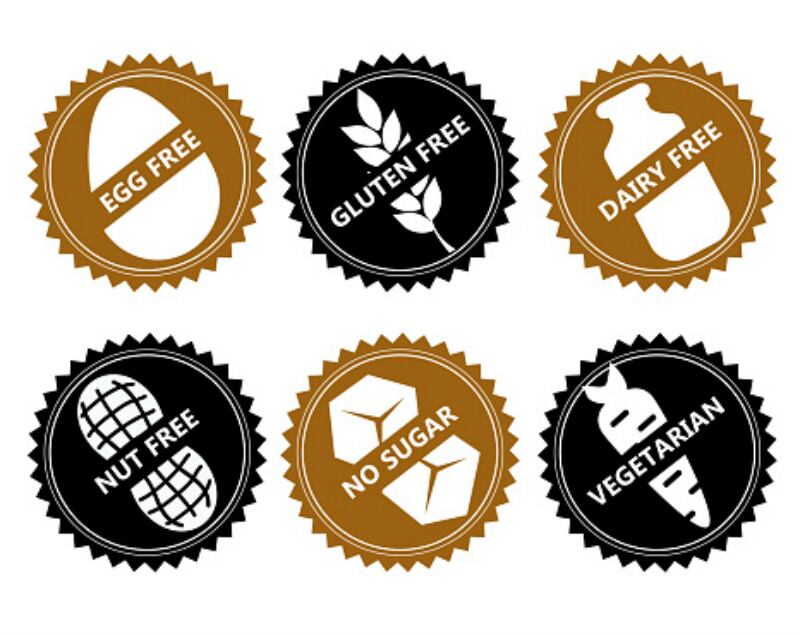The Australian government has continually publicized its food supply as ‘reliable, safe and nutritious’, and the results of its 26th Australian Total Diet Study – which, interestingly, only looked at persistent organic pollutants (POPs) such as dioxins and polycholorinated biphenyls (PCBs) in this edition – appeared to confirm this.
PCBs have been shown to be carcinogenic, whereas dioxins are also highly toxic compounds which can cause health issues such as cancer, immune system damage and hormone interference.
“We looked at 33 foods typical of the Australian diet, taking 600 samples across all Australian states and territories [and tested these for POPs],” Food Standards Australia New Zealand (FSANZ) said in a formal statement.
“Our results show that while the selected chemicals are present in the environment, the levels are low and there are no food safety concerns for Australian consumers.”
FSANZ Chair Steve McCutcheon added that this should serve as good news for local consumers, and reiterated that this means they can ‘be confident’ in the safety of the local food supply.
“The results of this survey indicate dietary exposure to these chemicals through food is low and Australian consumers can continue to be confident that the food we eat is safe,” said McCutcheon.
“Of note, the concentrations of the chemicals classed as dioxins found in [this study] were generally comparable with, or lower than those reported in a previous Australian study in 2004.”
A closer look at the report revealed that dioxins were detected in 32 of the 33 food types sampled and 95% (190 of 200) actual samples, with salmon fillets (0.28 picograms toxic equivalents per gram or TEQ/g detected), fish fillets (0.064pg TEQ/g) and butter (0.048 pg TEQ/g) taking the lead, which the report described to be already ‘as low as reasonably achievable’.
But dioxins and PCBs aside, should consumers really be completely comfortable in the safety of their food?
Recent food recall statistics in Australia indicate that consumers still need to be wary, as last year the number of food recalls hit the highest number reached in the past 10 years. This is especially so for consumers with food allergies, as allergens emerged as the top reason for food recalls, taking up 46.8% (51/109 cases) of all recalls.
According to FSANZ, most of these recalls are ‘precautionary’ and an increase in the number of food recalls means that the system is working to safeguard the food supply – but health experts believe that more needs to be done to ensure public health and safety.
“Precautionary allergen label usage in Australia is voluntary, which results in uncertainty as to whether a food has no label as there is no risk of an allergic reaction upon consumption, or because the food producer opted not to use it,” Murdoch Children’s Research Institute and project lead of the HealthNuts study Dr Jennifer Koplin told us previously.
“We are not calling for allergen labelling to be mandatory, but we are calling for the manufacturing industry to improve practices and reduce any possible cross-contamination with allergens.”
Researchers from the Centre for Food and Allergy Research have however called for better packaging practices to be put in place, including the declaration of food allergens.
“In Australia, packaging errors [were found to be the] leading cause of food recalls due to presence of undeclared food allergens, not allergen cross‐contact,” they said via a study that revealed this.
“There is a need for improved packaging practices to minimise foods with undeclared allergens and increase food safety for food allergic consumers.”
Food poisoning and microbial contamination
Another area that should be of major concern to Australian consumers is potential microbial contamination in their food – according to the local Department of Health (DOH), there are over five million cases of food poisoning in Australia each year.
Data from Australia’s national foodborne disease surveillance system OzFoodNet showed over 450 foodborne disease outbreaks occurred over the three-year period from 2013 to 2015 (data and analysis published in July 2021), with salmonella highlighted as the main microbe of concern, causing 239 of these outbreaks.
“The number of salmonella-caused foodborne illness cases has been significantly increasing for many years,” admitted the ministry via Australia’s Foodborne Illness Reduction Strategy, which is pushing for multiple short to long term actions against foodborne illnesses such as increased surveillance systems and consumer education although many of these initiatives have been slowed down by COVID-19.
“Australia has one of the highest rates of foodborne illnesses caused by salmonella when compared with similar countries [such as] the United States, Canada and New Zealand.”
Common everyday foods such as eggs are high-risk salmonella carriers, but as recently as early 2021, it was found that the local egg sector had low compliance (just 58%) with food safety requirements pertaining to salmonella, according to data from the New South Wales Food Authority.
Imported foods also carry contamination risks – earlier this year a new strain of the hepatitis A virus previously not found in Australia was detected in multiple patients, linked to fresh Medjool dates imported from Jordan that had made it past customs. The same hep A strain had previously caused an outbreak in the UK in May this year, affecting over 30 people.
In all, the food safety level of the Australian food system may be high but is certainly not airtight, so although consumers may have little to worry about when it comes to carcinogenic dioxins in their food, far more care and caution is needed when it comes to allergens or microbe contamination risks.





